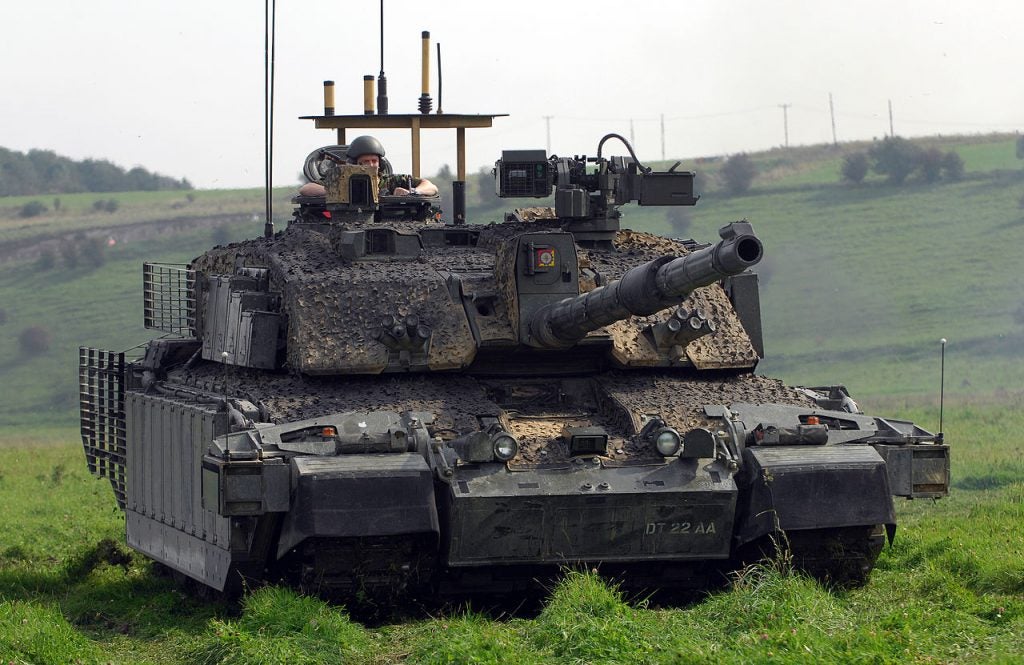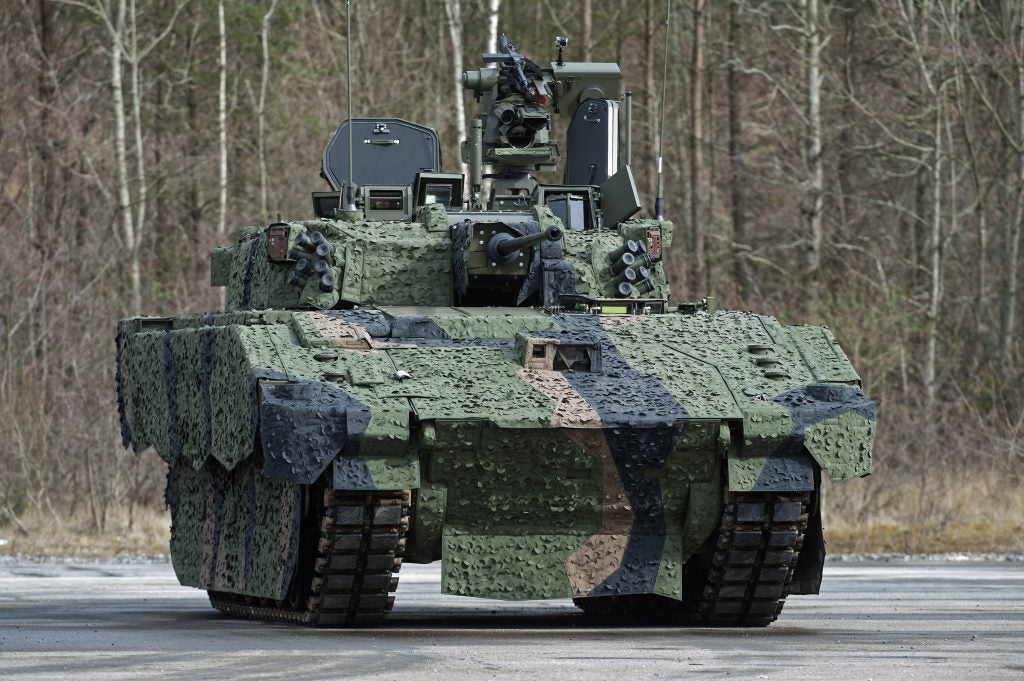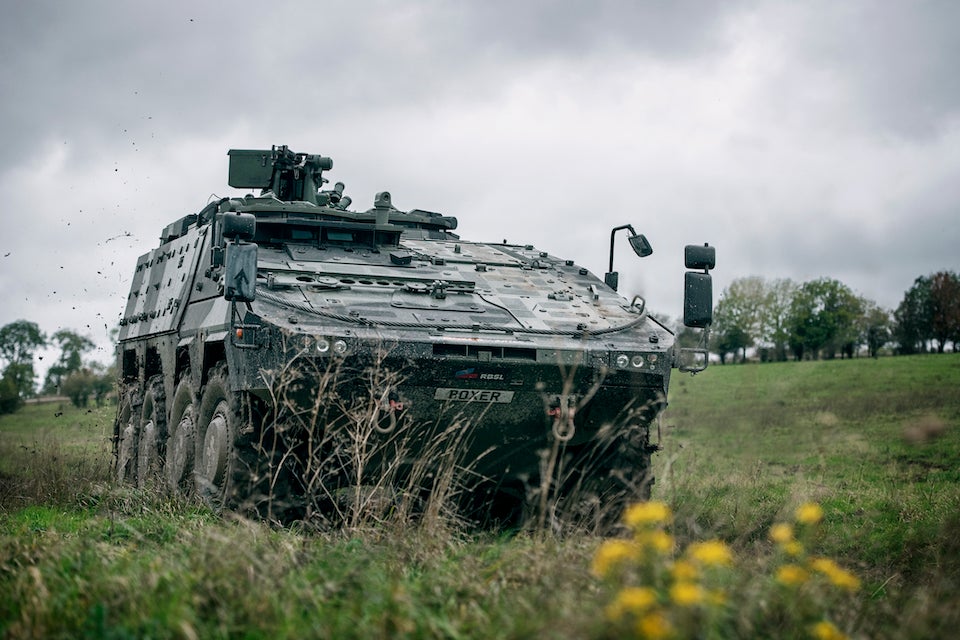UK Parliamentary Inquiry into AFV Procurement Highlights Serious Issues
The UK Parliament has concluded the oral evidence phase of their snappily titled “Progress in delivering the British Army’s armoured vehicle capability” inquiry by the Parliamentary Select Committee for Defence. Manufacturers of core British AFV (armoured fighting vehicle) platforms have painted a less than rosy picture of UK AFV procurement. Overt Defense has reported previously on many of the areas touched by the inquiry.
The stated aims of the inquiry are to ascertain “…whether more must be done to ensure the Army’s ability to deploy an armoured division. It will [also] assess how the Army envisages employing AFVs in future operations.” Specific areas of interest to the Inquiry include efforts to; “…examine the procurement of AFVs, including how much has been spent over the last 20 years and the number of vehicles acquired… ask which capabilities have been sacrificed to fund overruns in core armoured vehicles and what gaps are emerging with the Army’s AFV capability.”
A trio of firms were the latest to provide evidence this month; General Dynamics Land Systems-UK (GDLS-UK) – Prime Contractor for the AJAX series; KMW Nexter with Boxer; and Rheinmetall BAE Systems Land (RBSL), the UK Armoured Vehicle Prime Contractor with Challenger 2 and Boxer.

RBSL were predictably adamant that the Challenger 2 Life Extension Project (CR2 LEP) should go ahead noting it “…makes complete sense from an economic, strategic and military perspective to upgrade Challenger 2” and arguing that competing NATO AFV platforms are of a similar age or indeed older than the CR2 whilst adding that competing designs such as the M1A2 have benefited from numerous upgrades to keep pace with threats and technology, something which the CR2 has sorely lacked.
Conversely KMW Nexter argued that the CR2 should be replaced in the interim by a Leopard 2 variant until the Franco-German Main Ground Combat System (MGCS) programme bears fruit “…freeing UK of the continuing need to support a unique ‘UK Only’ MBT solution…” Disappointingly much of the evidence provided by all three firms was little more than thinly veiled sales pitches, hawking their expertise rather than addressing the challenges encountered with all major UK AFV projects over the past three decades.
GDLS-UK were arguably the only ones out of the three to directly address shortcomings in their AJAX programme noting that; “a number of factors that have contributed to the challenges in meeting the original programme aspirations.”

Amongst these were requirements (“parallelism between development and production”); the CT40 cannon (“it was a development item; its performance was not fully characterized and subsequent configuration changes were not fully reported”); UK Armoured Vehicles Enterprise (“…it has taken time for both the MoD and industry to rebuild skills in armoured vehicles procurement, design, development and delivery…”); and, not surprisingly, CVOID-19.
Lockheed-Martin had provided a written statement on the troubled Warrior Capability Sustainment Programme (WCSP) in late September also addressing delays and their causes. They took responsibility for a twelve-month delay from “first-time design issues” (which reportedly cost the firm in the region of £100 million) whilst agreeing the overall programme is four years and eight month late. Lockheed-Martin additionally highlighted a number of delays caused by the Ministry of Defence itself (in providing access to facilities, ranges and such), the sale of MoD-owned DSG, changing specifications to the CT40, and again, CVOID-19.
In common with all manufacturers, RBSL held that a viable Land Industry Strategy (LIS) for sovereign AFV production (which arguably today does not exist in any coherent form after decades of mismanagement) would be supported by the CR2 platform going so far as to state “CR2 LEP gives the UK the skills and credibility to influence and have a key role in future ground combat systems.” Nexter echoed this in their submission; still broad and capable, over the last decade the UK’s Land Defence industry has become fragmented with no clear national champion in the sector. As a consequence it is in danger of dropping below an ‘economical’ critical mass and losing its ‘first tier’ status,” they warned.
In terms of the future of AFVs on the battlefield, RBSL were adamant; “Main Battle Tanks are a visible component of ‘Enhanced Forward Presence’ and a tangible element of ‘hard power’. This is currently being demonstrated by British Challenger 2 Tanks in Estonia as part of the Enhanced Forward Presence. Recent geopolitical conflicts in Ukraine, Syria, and Iraq show that tanks and AFVs, together with long range precision strike and electronic warfare, are essential for military success.”

In summary, little has been learned from the inquiry which had not already been previously reported upon in the defense press and by defense subject matter experts. The picture painted is one of a failure to adopt a ‘joined-up’ system for programme management with at least equal blame falling at the door of the MoD and Army.
A pursuit of ‘perfection’ (a definition for which is constantly changing in system specs) rather than ‘good enough’ (the so-called “80/20 rule”) has seen unconscionable delays in platforms which directly relate to the combat effectiveness of UK forces. It is difficult at this late stage of the game to see where these programmes could be brought back onto the rails – indeed some have argued convincingly for the cancellation of the WCSP and AJAX with focus instead placed on CR2, Boxer and the Multi Role Vehicle-Protected (MRVP) – itself an over-complicated and overly ambitious plan to acquire a range of types when one platform (such as Bushmaster or JLTV) could handle the majority of the requirements.
The full written statements by Rheinmetall, KMW Nexter and General Dynamics Land Systems have been published and are accessible here.

